Startups are leading the way to a future in which more food is grown closer to where people live.
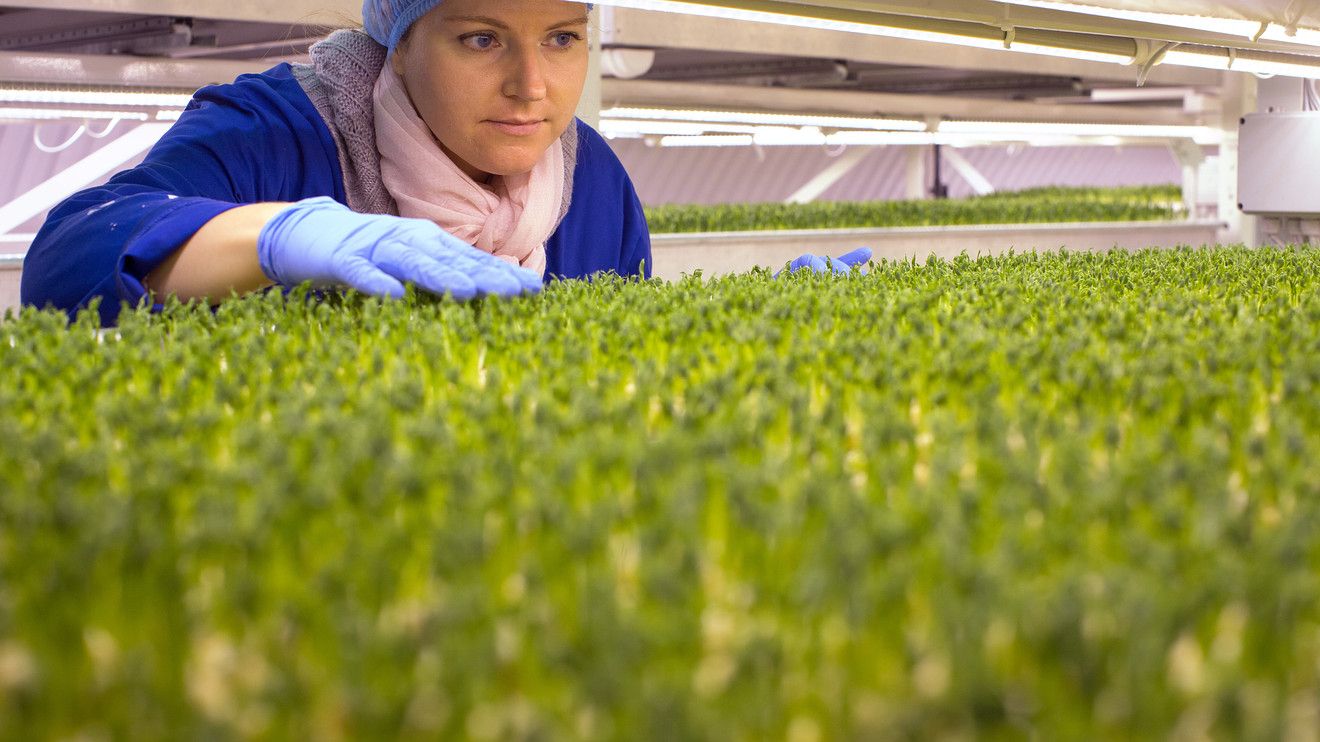

Startups are leading the way to a future in which more food is grown closer to where people live.
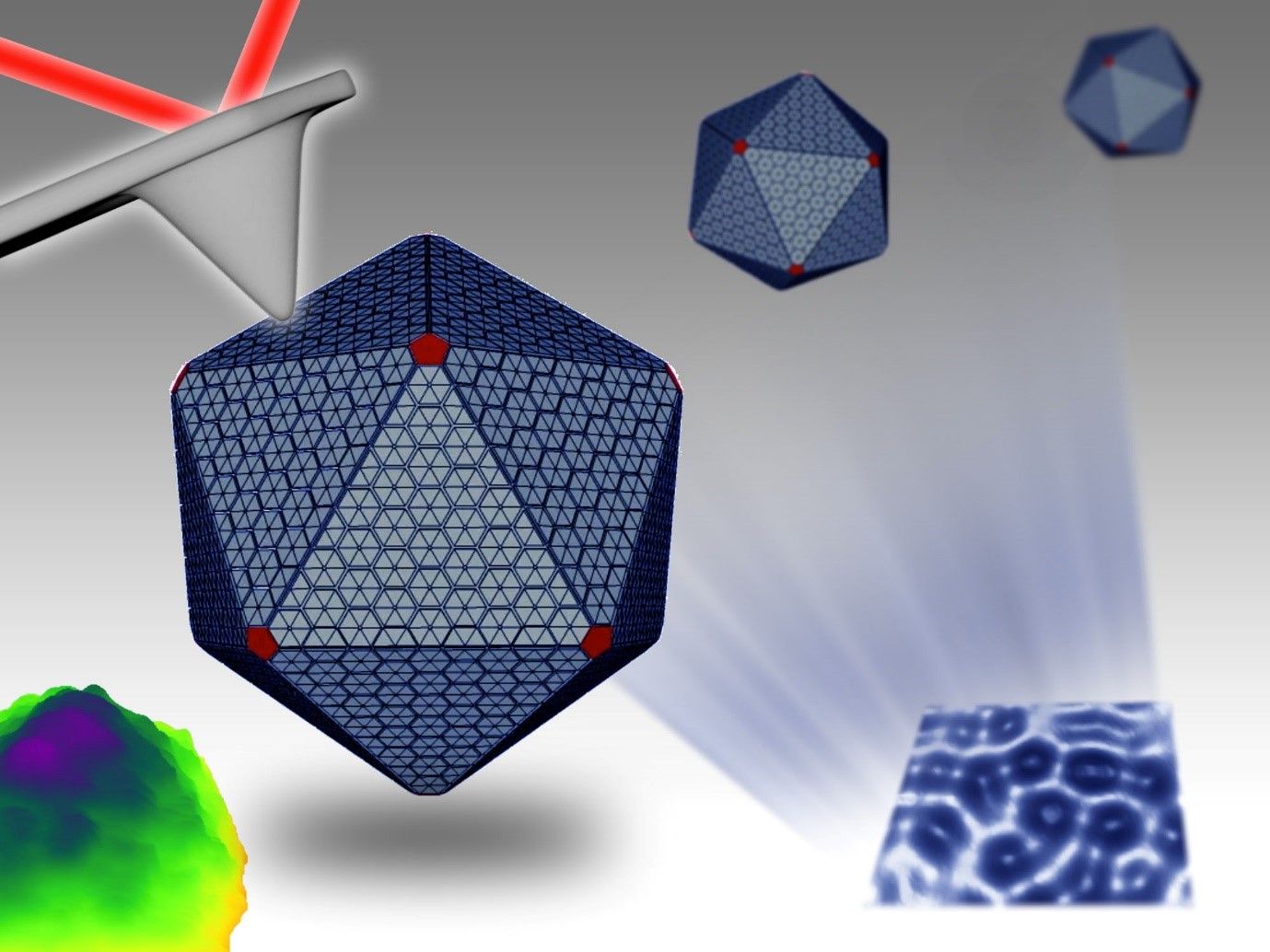
New research from the University of Liverpool, published in the journal Nanoscale, has probed the structure and material properties of protein machines in bacteria, which have the capacity to convert carbon dioxide into sugar through photosynthesis.
Cyanobacteria are a phylum of bacteria that produce oxygen and energy during photosynthesis, similar to green plants. They are among the most abundant organisms in oceans and fresh water. Unique internal ‘machines’ in cyanobacteria, called carboxysomes, allow the organisms to convert carbon dioxide to sugar and provide impacts on global biomass production and our environment.
Carboxysomes are nanoscale polyhedral structures that are made of several types of proteins and enzymes. So far, little is known about how these ‘machines’ are constructed and maintain their organisation to perform carbon fixation activity.

Increasing autophagy in macrophages is a promising avenue of research aiming at heart disease and other age-related diseaeses.
Today we thought it was a good time to take a look at a new study that demonstrates that increasing autophagy is a good approach to slowing aging and could be the foundation for a variety of therapies to treat age-related diseases.
What is Autophagy?
Autophagy is an intracellular degradation system that delivers unwanted cell components to a type of cellular garbage disposal system, known as the lysosome. The lysosome uses powerful enzymes that break down the unwanted material for recycling. However, as we age the lysosomes become clogged up with materials that are so fused together not even the potent enzymes can destroy them and this causes the lysosomes to become dysfunctional and eventually the cell dies. This is a particular problem for long lived cells with a very low rate of replacement such as the heart, the back of the eye, nerve cells and other cells that rarely divide if at all. Ultimately as more and more cells become dysfunctional over time due to lysosome dysfunction, tissue function become impaired and age-related disease sets in.
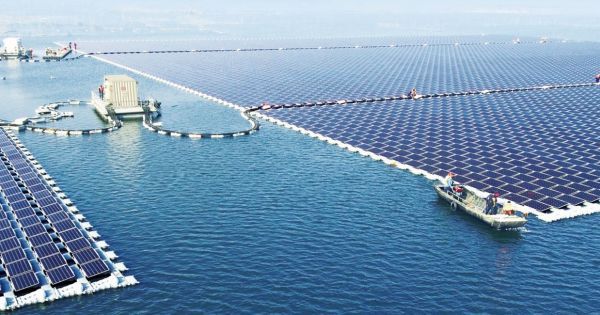
The largest floating solar power plant in the world is now online in China. Floating where coal used to be mined, the installation is helping China transition toward renewables and making the most of its surroundings.
The world’s largest floating solar power plant is now online in China. Built by Sungrow, a supplier of PV inverter systems, the 40MW plant is now afloat in water four to 10 meters deep, and successfully linked to Huainan, China’s grid. The placement was chosen in large part because the area was previously the location of coal mining operations; and, as a result, the water there is now mineralized and mostly useless. The lake itself was only formed after years of mining operations, the surrounding land collapsed and created a cavity that was filled with rainwater.

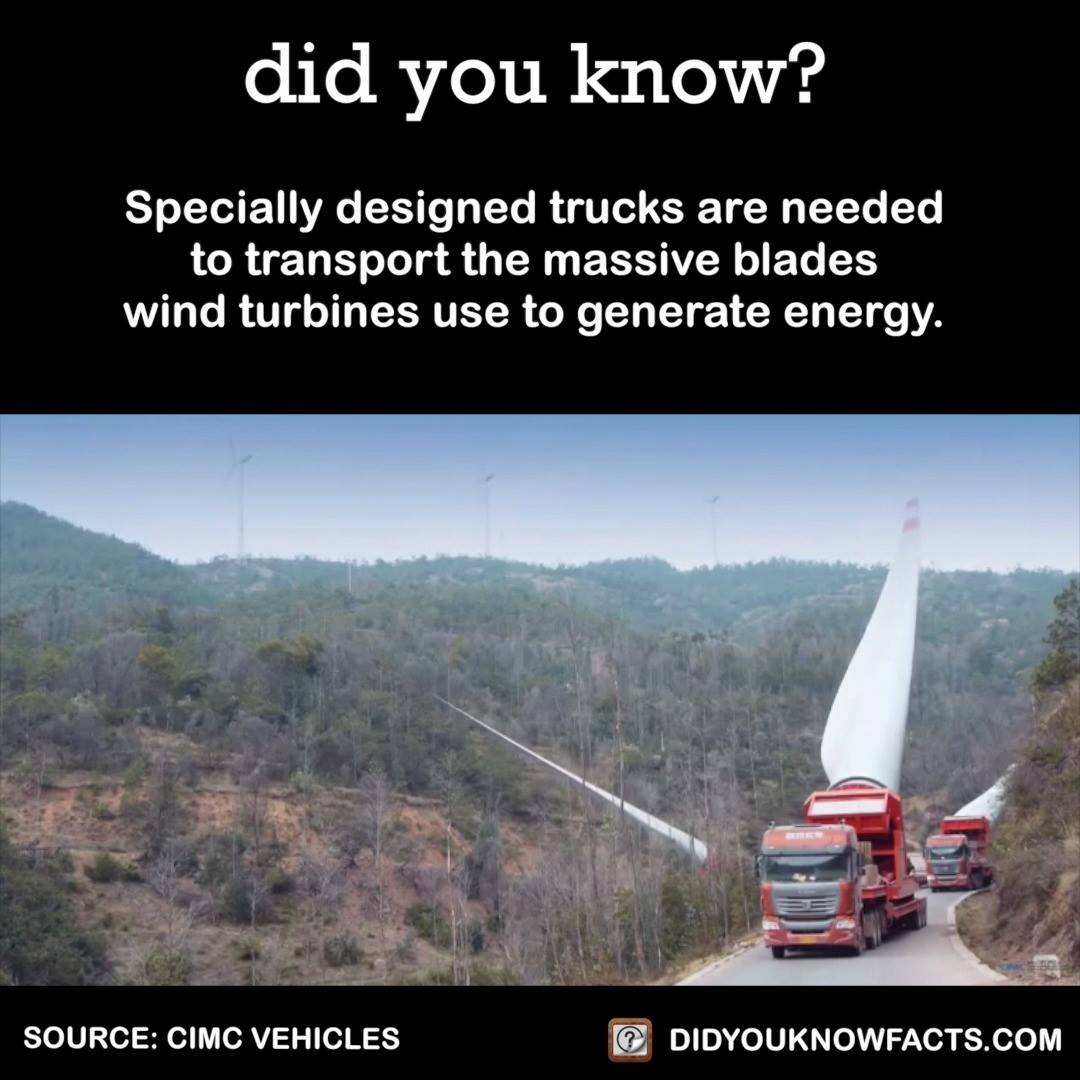
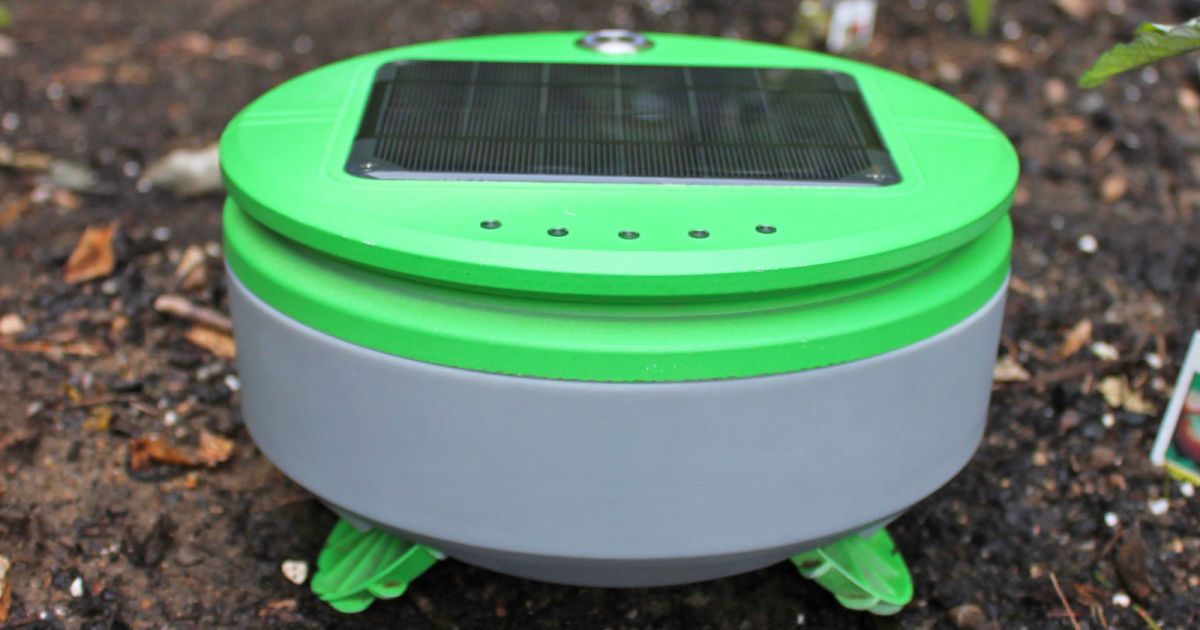
Let’s be honest: while planting your garden can be fun, weeding it usually isn’t. Not unless you enjoy crouching down for long stretches, anyway. You might not have to endure the drudgery for too much longer, though. Roomba co-creator Joe Jones and Franklin Robotics are launching Tertill, a robot that weeds your garden all by itself. The machine automatically roams the soil, using sensors to identify small plants (you use collars to protect young crops) and chop them down. It’s solar-powered, so you don’t have to dock it — you can even leave it out in the rain.
In addition to pairing with your phone through Bluetooth, the machine has a USB port to charge during particularly gloomy weeks.
The design does require some careful planning to work properly. You need to space your crops loosely so that the robot can kill weeds in between, and you’ll want to avoid any steep inclines so Tertill doesn’t stuck. There will have to be some kind of basic barrier to prevent the vehicle from wandering away, too. You may also have to rethink how you kill weeds. While you’re probably used to pulling weeds out by the roots, Franklin is counting on its bot repeatedly cutting down weeds until they wither and die.
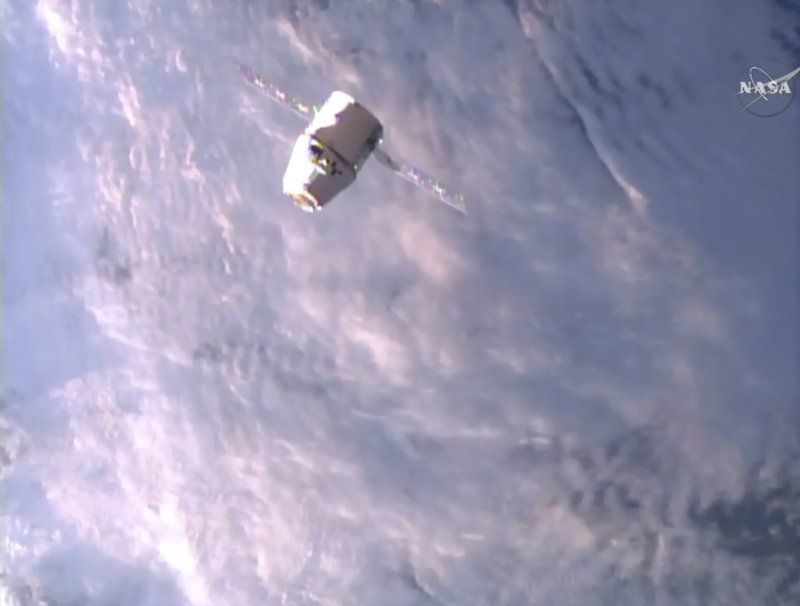
CAPE CANAVERAL, Fla. (AP) — The International Space Station welcomed its first returning vehicle in years Monday — a SpaceX Dragon capsule making its second delivery.
Space shuttle Atlantis was the last repeat visitor six years ago. It’s now a museum relic at NASA’s Kennedy Space Center.
NASA astronaut Jack Fischer noted “the special significance” of SpaceX’s recycling effort as soon as he caught the Dragon supply ship with the station’s big robot arm.
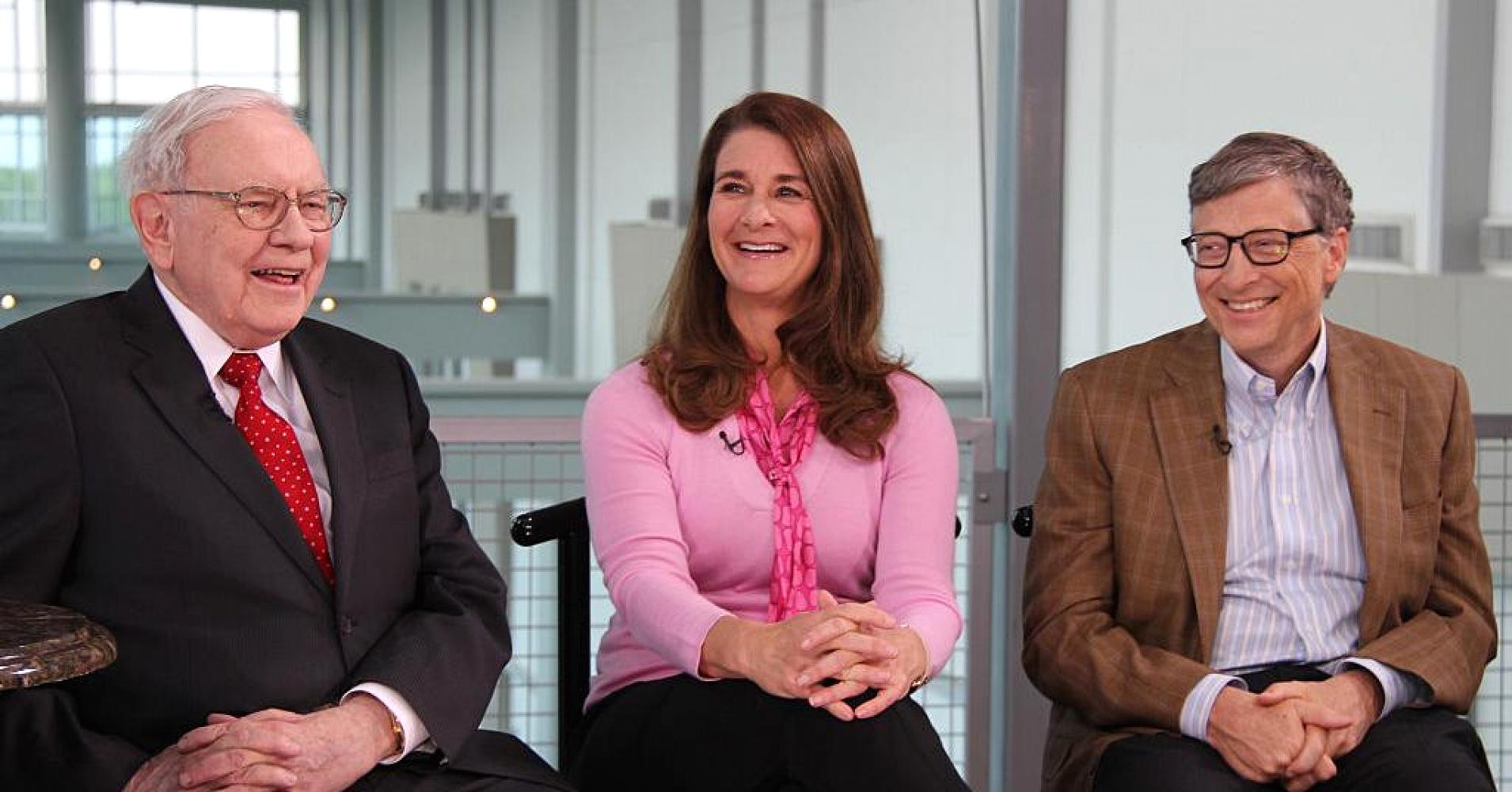
Started in 2010 by Bill and Melinda Gates, worth $88.5 billion, and Warren Buffett, worth $74.2 billion, the Giving Pledge is a commitment by wealthy individuals and families to give away more than half of their wealth to causes including including poverty alleviation, refugee aid, disaster relief, global health, education, women and girls’ empowerment, medical research, arts and culture, criminal justice reform and environmental sustainability.
Started in 2010, the Giving Pledge now includes 168 wealthy individuals and couples from 21 countries.
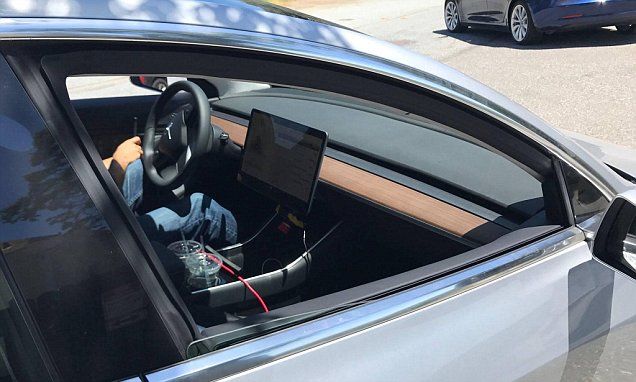
Anticipation is growing for the July release of Tesla’s ‘affordable’ $35,000 Model 3.
Now, the latest shots of Telsa testing the car may have revealed one of its final secrets — what the interior will look like.
The shots, taken near Tesla’s headquarters in Palo Alto, California, reveal the car has a single screen and no traditional instruments.